I had the pleasure of appearing with Robb Wolf on episode 285 of the Paleo Solution Podcast. Talking with Robb is always a blast, and I hope you enjoy our discussion as much as I did.
We talked a bit about the Perfect Health Retreat. The October 2015 retreat is currently sold out, but we are accepting reservations for the next retreat, April 30-May 7, 2016. Reservations placed by December 31 will receive 2015 prices. Deposits can be applied to any future retreat, not just next May, so you don’t have to be certain of your schedule to reserve. As you’ll hear in the podcast, Robb is thinking about coming next May; if he does the chance to meet him would be an added attraction.
To learn about the retreat, visit the web pages under the Perfect Health Retreat tab, starting here. To reserve a room or for more information, please contact Paul Jaminet at paul@perfecthealthretreat.com.









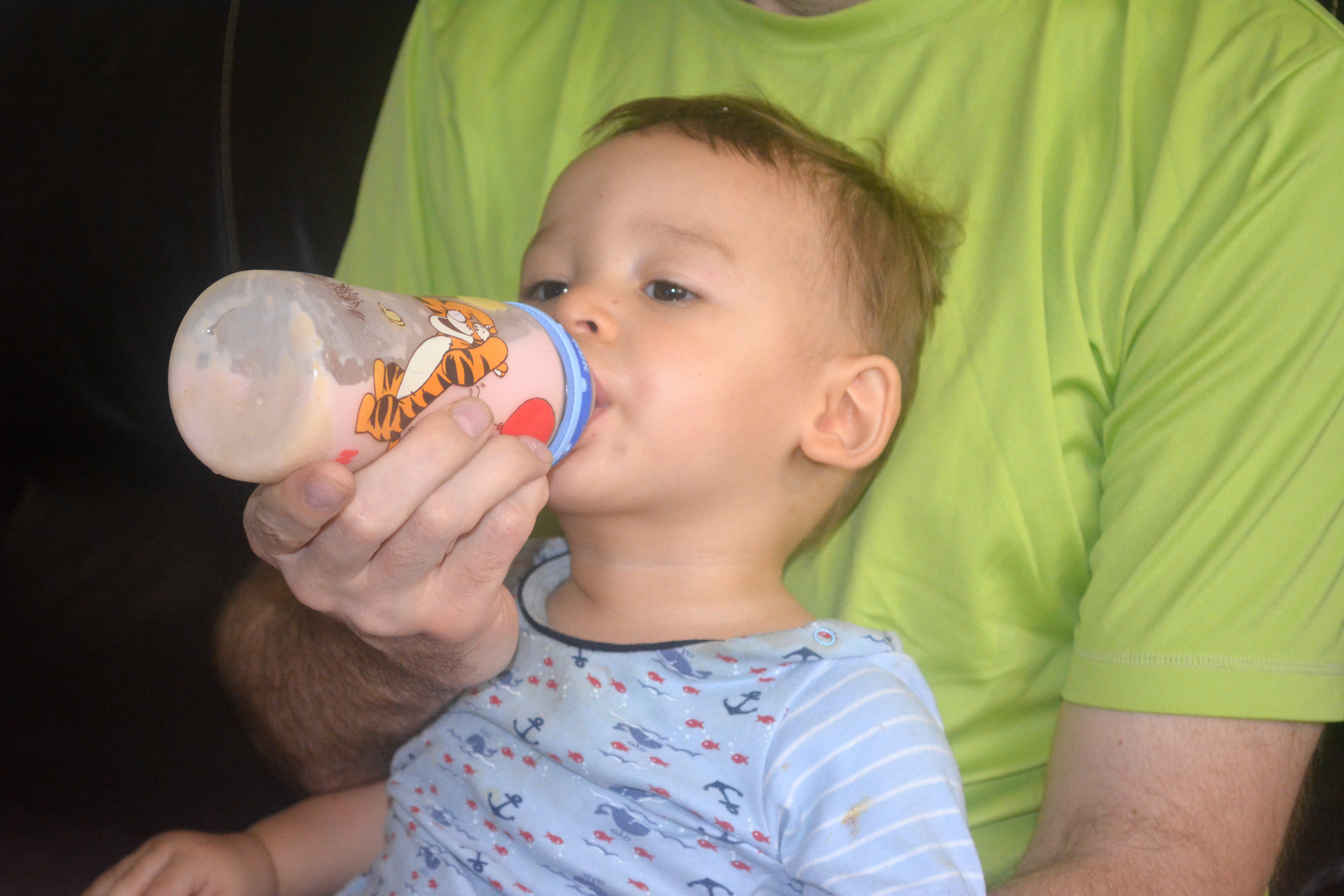

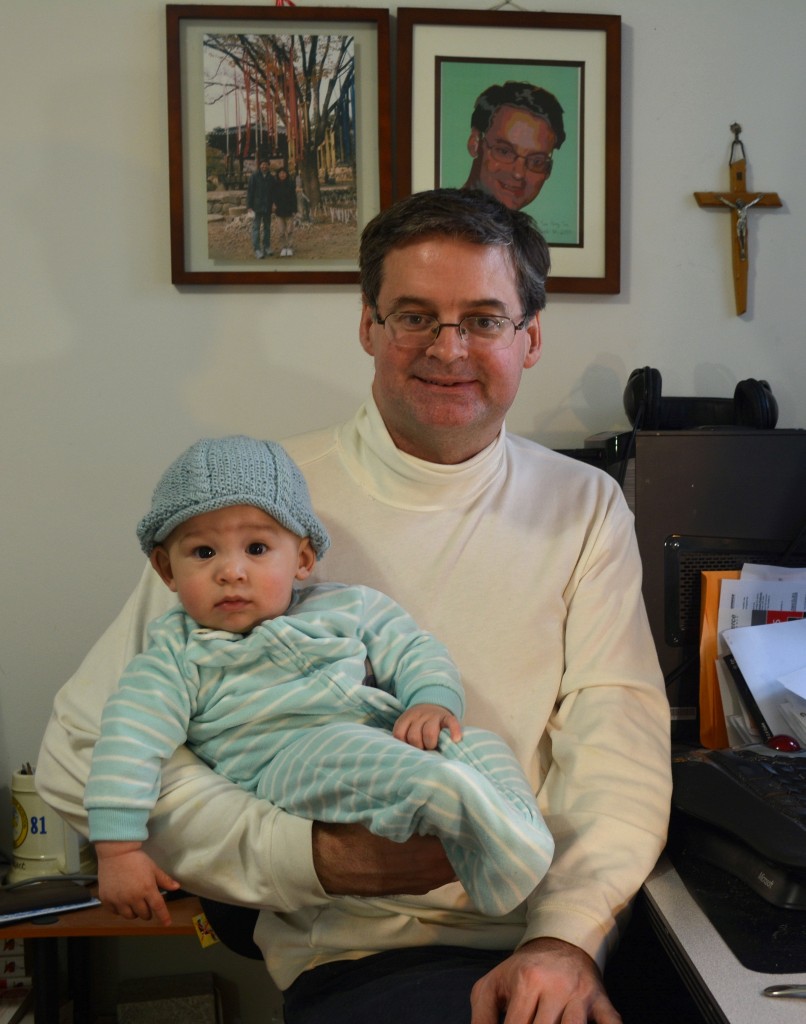

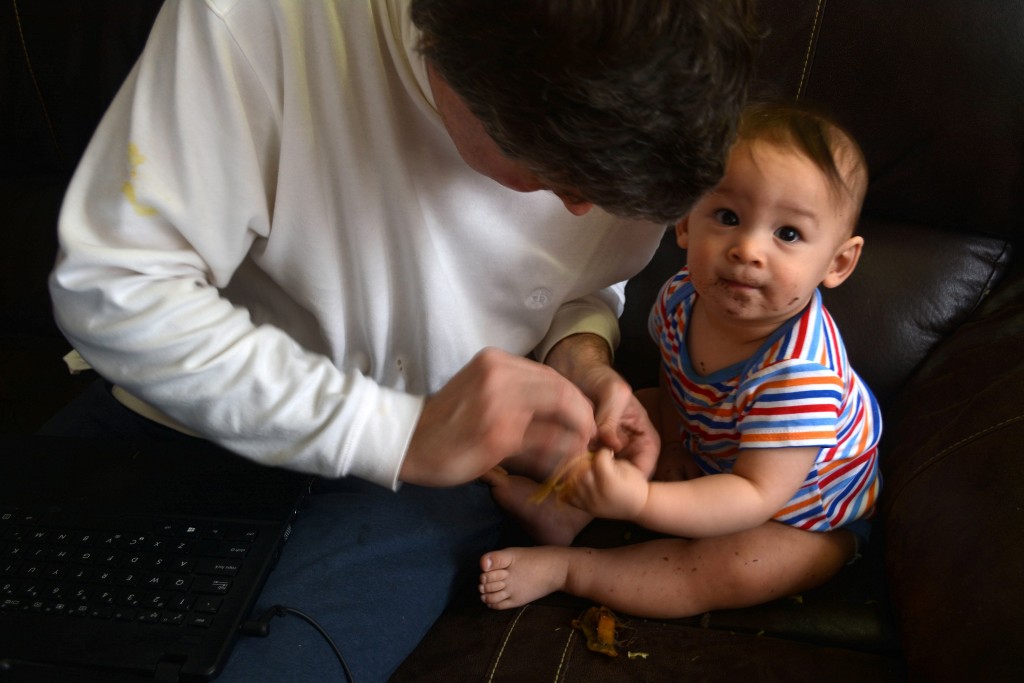

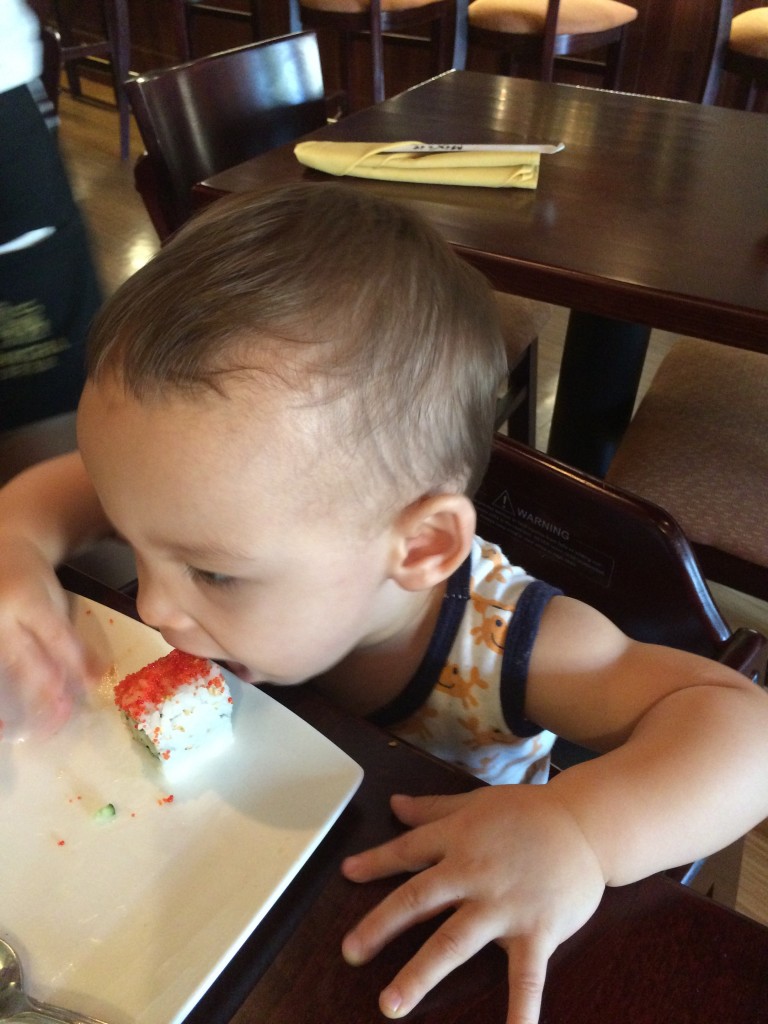
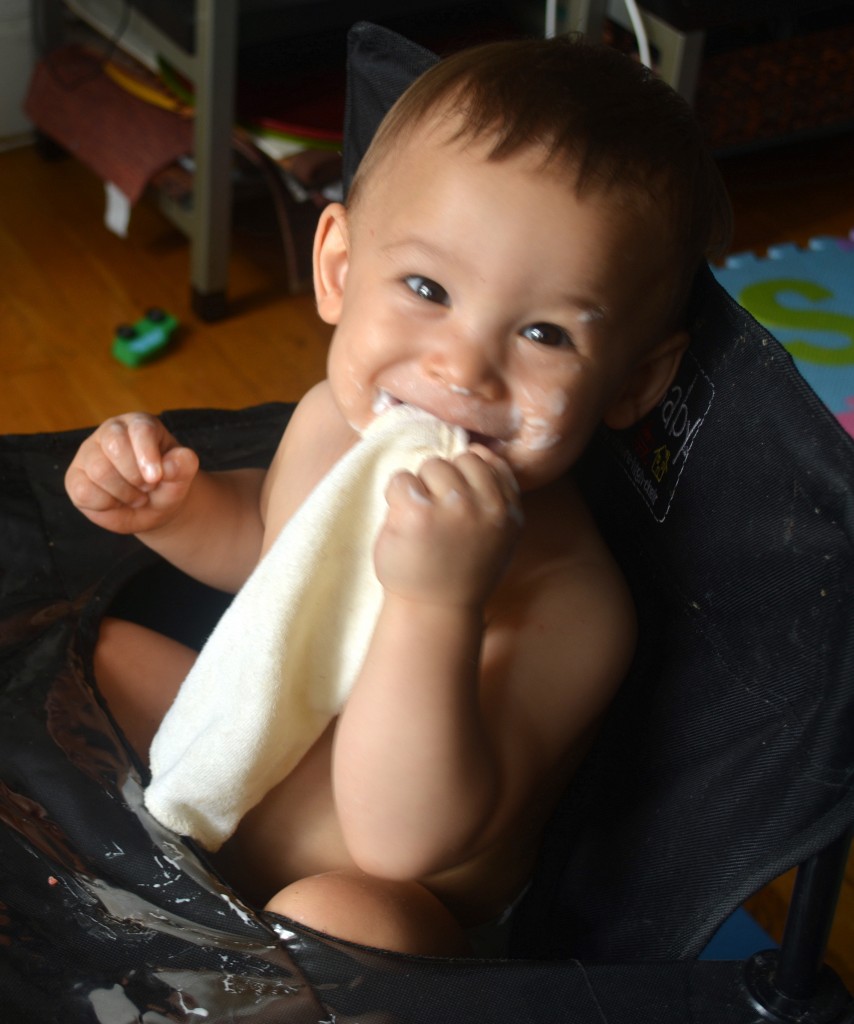




Recent Comments